Socialism with American characteristics-Peter Diekmeyer (07/05/2018)
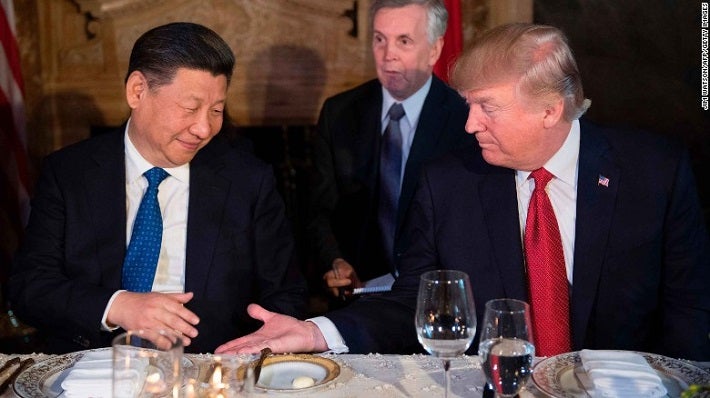
May 7, 2018,
U.S. President Donald Trump praised his close ties with Chinese President Xi Jinping this week, amidst new trade talks between the two powers.
American negotiators question Chinese practices ranging from state subsidies to intellectual property rights violations.
However, despite differing rhetoric, legal systems and capital control regimes, the two economies are increasingly alike.
Both are essentially state-run, with governments championing key sectors. Current talks, which are about regulating trade, not freeing it, provide a prime example. But there are others.
Consider:
American government spending is bigger than France’s
According to recent calculations by Truth in Accounting, public sector spending now equates to more than 60% of America’s gross domestic product. That’s higher than France. It’s even more than in socialist Scandinavian countries.
Bill Bergman, TIA’s director of research calculates that the average American works more than seven months a year to finance federal, state and local government spending.
The public, including even many economic experts, don’t realize how lopsided the situation has become. That’s because the U.S. government increasingly hides or defers many of its taxes.
Few Americans will notice the tariffs that the Trump Administration recently decided to impose on $50 billion worth of Chinese imports. These will be included in the prices of those goods and thus invisible to consumers.
Government sets price levels
Many Americans would also be surprised to learn that the U.S. Treasury Department, through the nominally-independent Federal Reserve, manages consumer price levels.
The Fed’s key policy tool, short-term interest rates, also directly affects corporate profits, real estate valuations and even stock prices.
These are signs the government wants to boost its control even further.
Janet Yellen, a former Fed chairman, recently floated a trial balloon suggesting that the central bank should be allowed to buy stocks on the open market. This could pave the way for the Fed to set prices for individual stocks, sectors, or the overall market.
Trillions in business subsidies
The Federal Reserve’s monetary policies coupled with America’s fractional reserve banking system and currency monopoly could be keeping interest rates down by as much as 5 percentage points throughout the yield curve . If that is correct, the federal government is providing more than $700 billion in hidden subsidies each year* to businesses.
Governments in America pick all the major economic winners and losers. The Trump Administration’s recent tariffs to protect the steel industry are one example.
But there are others.
Key sectors, ranging from banking to auto manufacturers, were bailed out during the last financial crisis. The tech giants are essentially immune from anti-trust legislation, which is no longer enforced in any material way.
America emulates fishy Chinese economic data
The American government’s growing share of the economy has had a corrosive effect on output, which has stagnated for more than a decade. When GDP totals are adjusted to take into account the debt increases needed to finance stimulus, the degeneration is deeper and dates back further.
To hide this fact, the American government appears to be emulating China by publishing fishy economic data.
U.S. efforts date back to the early 1980s, when statisticians began changing inflation, unemployment and GDP calculations. While reasons given by the experts (such as hedonic adjustments to CPI numbers) always sounded good, the fact that they generally also cast a better light on the data makes them increasingly questionable.
In the early 1990s, government accountants followed suit by refusing to record trillions of dollars worth of growing pension and medical care liabilities. Those practices continue to this day.
Socialism with American characteristics
Americans continue to regard their economy as a free market system.
But when U.S. and Chinese trade negotiators meet, they, not the free market, will choose which industries succeed and which ones won’t.
Xi Jinping describes his country’s economy as “socialism with Chinese characteristics.”
Trump, whose policies include increased borrowing, spending and trade regulations, is less clear about his vision.
However, the U.S. has moved far from its capitalist origins.
Today, its economy is better described as “socialism with American characteristics.”
* Non-financial debt as at December 31, 2017 of $14.3 trillion x 5% = $715 billion.
Check out these other articles by Peter Diekmeyer:
Big Mac Index suggests America in decade-long depression- Peter Diekmeyer (30/04/2018)
Don’t miss a golden opportunity.
Now that you’ve gained a deeper understanding about gold, it’s time to browse our selection of gold bars, coins, or exclusive Sprott Gold wafers.
About Sprott Money
Specializing in the sale of bullion, bullion storage and precious metals registered investments, there’s a reason Sprott Money is called “The Most Trusted Name in Precious Metals”.
Since 2008, our customers have trusted us to provide guidance, education, and superior customer service as we help build their holdings in precious metals—no matter the size of the portfolio. Chairman, Eric Sprott, and President, Larisa Sprott, are proud to head up one of the most well-known and reputable precious metal firms in North America. Learn more about Sprott Money.
Learn More
You Might Also Like:




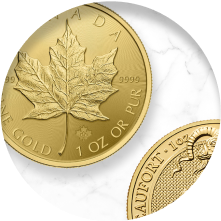

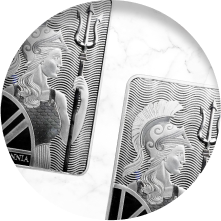
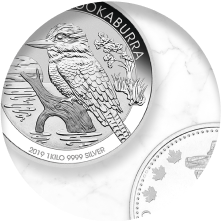


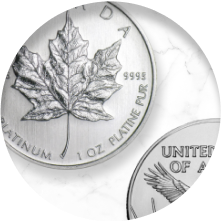

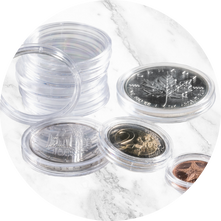




Looks like there are no comments yet.